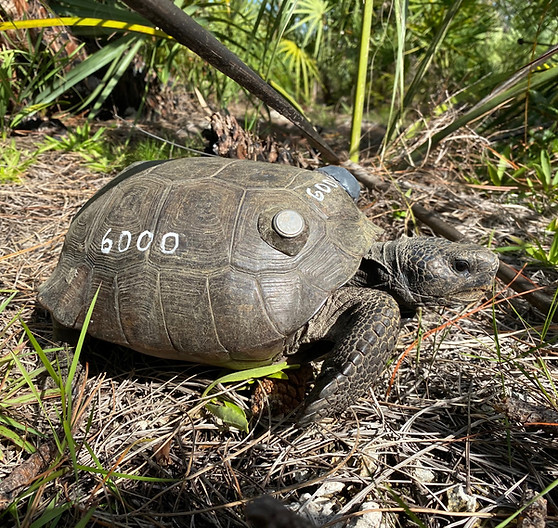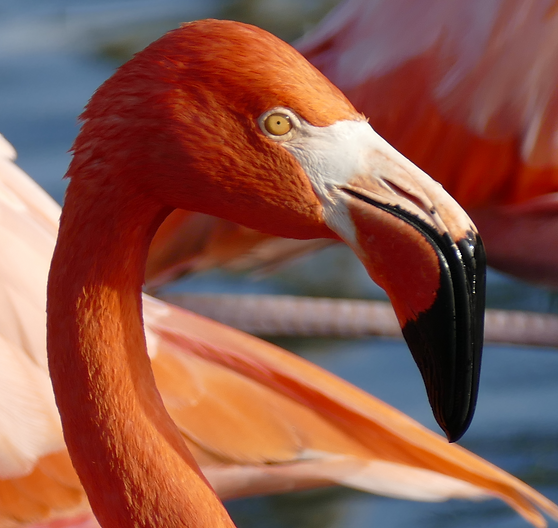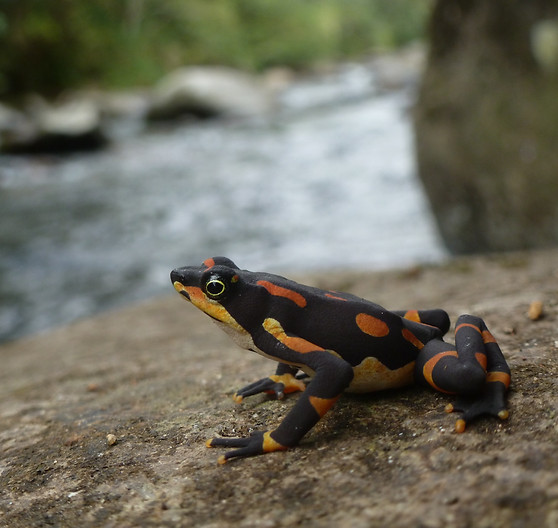
Research Projects
My field research projects span across vertebrates taxa and ecosystems, and range from urban ecosystems of Miami through the rainforests of Central America. All my research is focused on applied conservation outcomes, protecting rare and endangered species.

Perkinsea and Dusky Gopher Frogs
Amphibians worldwide are threatened by emerging diseases of wildlife. Since the late 1990s, biologists have witnessed mass mortality events in tadpoles linked to infection by a poorly-known protist called Amphibian Perkinsea. Perkinsea is a threat to the recovery of the Dusky Gopher Frog - one of the most endangered amphibians in the United States. In collaboration with state and federal biologists and partner universities, my team is leading efforts to understand pathogen dynamics of Perkinsea in Dusky Gopher Frog breeding ponds - with the aim to improve conservation outcomes for amphibian conservation planning.

Urban Wildlife in New Orleans
Wildlife face unique challenges and opportunities when they occur in urban environments. Working with students from the University of New Orleans, I've been developing a program to study wildlife using automated camera traps in urban areas in and around New Orleans.

Gopher Tortoises in South Florida
Gopher Tortoises are a threatened species throughout the southeast US, where their leading threat is habitat loss from urbanization and agriculture. South Florida's tortoises are at the forefront of impacts from urbanization, and live in the warmest part of the range - where impacts from climate change will appear first. Our work with tortoises is aimed at developing strategies to protect tortoise populations in urban areas, and to understand impacts from warming climates. Gopher Tortoises are ecosystem engineers - creating burrows that are used by hundreds of other species - and protecting the tortoises helps protect other species that rely on them.

American Flamingos in Florida
American Flamingos are a cultural icon of south Florida. Historic populations of flamingos lived and likely nested in Florida Bay and the Florida Keys, but were wiped out by hunting pressures in the late 1800s. Their presence was long forgotten, and wildlife biologists considered flamingos to be non-native throughout the 20th century. Our work has corrected the narrative, and seeks to foster the recovery of these iconic birds in south Florida.

Reversing Amphibian Declines
Amphibians are the most threatened group of vertebrates, and since the 1980s amphibians have been declining globally from the emergence of the Amphibian Chytrid Fungus. Many species of amphibians have been lost from the impacts of this pathogen, and many other species remain perilously close to extinction. In collaboration with the Universidad de Costa Rica, I have been working for years to help understand and mitigate this loss of amphibian biodiversity.

Research Capacity in Zoos
Modern zoos are in transition from animal-based entertainment venues to important institutions for biodiversity conservation. Yet most zoos do not have existing infrastructure to best take advantage of their conservation research potential. The living collections of rare and endangered species in zoos, along with associated data, are an invaluable resource to understand biology of their counterparts in the wild. I'm working with a network of colleagues throughout the US to realize a vision where zoos and aquariums become a unique and valued component of the national biodiversity research infrastructure.



